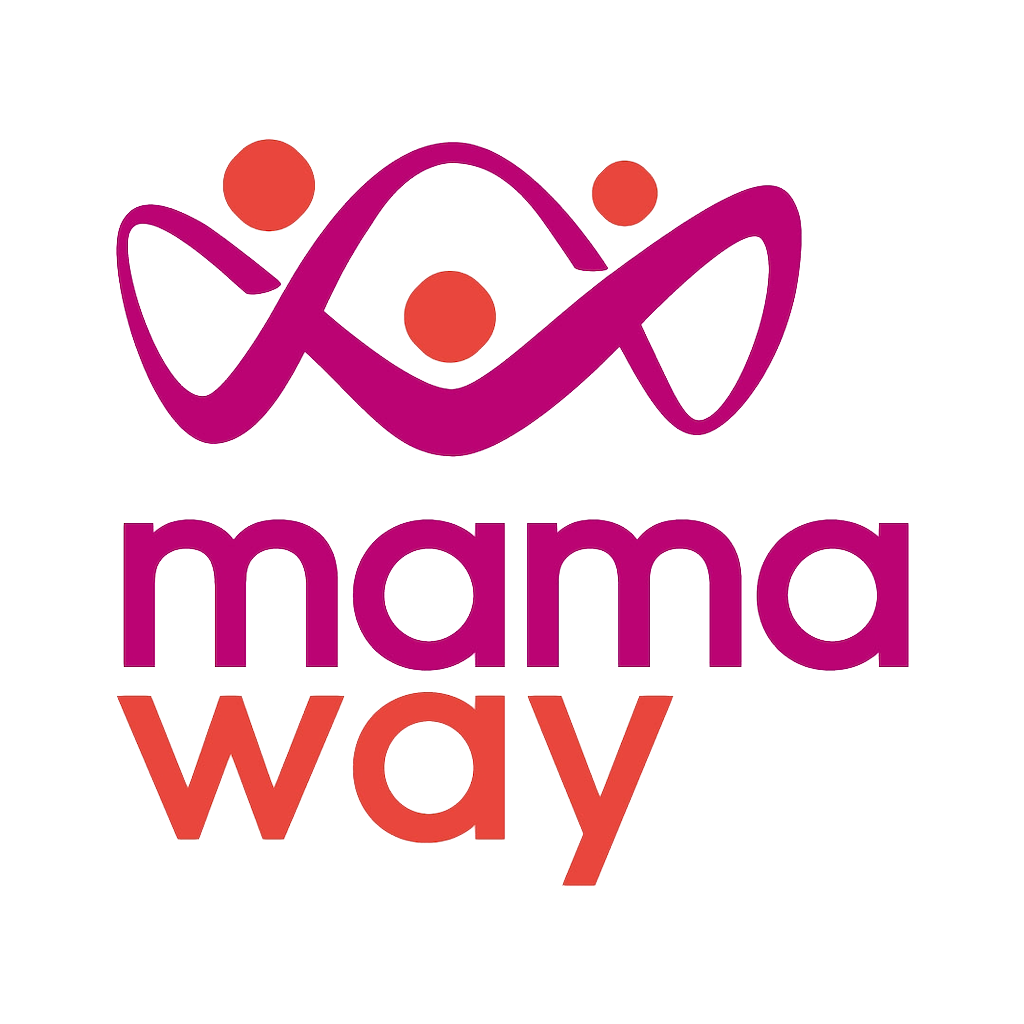Colostrum takes approximately 72 hours to come in. What to do with it? What will it look and feel like? How to express it out more easily and effectively? Read more to see what you will see and do in the first week postpartum.
Colostrum Texture
Colostrum is the milk that comes in the first few days of birth. It is normally thick and yellow, but it can be white and watery for some mums. For first-time moms, colostrum might come in a bit later than 3 days.
Colostrum Benefits
Colostrum contains beneficial nutrients to the newborn which helps to build up the baby’s immune system, provide energy, higher the blood sugar level, and more.
Skin-to-Skin Contact
While feeding the newborn, you are also creating skin-to-skin contact which is recommended by the AAP. Even if you’re not nursing the baby, it is good to hold the newborn chest-to-chest for an hour or so. Having this special mother-baby bonding time since day 1 could give short-term and long-term benefits to both mum and bub, to name a few: the baby cries less, enhanced maternal behaviour, better respiratory development.
Hand Expression
There are many breastfeeding positions recommended online, but when it comes to colostrum it’s handy if you learn how to get the colostrum out through hand expression. Pose your hand like a C shape (C-hold), massage your breast rather than just pressing your nipple. When your milk flows out, collect by spoon or colostrum syringe, then feed your newborn.
Secure More Milk
Key: More milk out now means more milk in the future.
The more frequently you pump your milk out of the duct, the more milk your body will create. When your body feels the ‘need’ it will automatically accommodate your need with more ‘supply’ which means more milk.
Feeding Frequency
How frequently should I feed my newborn? By day 2 to 4, you should expect to feed around 8-12 times per day (24 hrs). Burp your baby before you feed on the other breast.
Milk Let-Down
Milk let-down occurs when the newborn starts sucking your nipple, your body gets the message the milk in your duct then flows out. Mums have different experiences during the let-down, some might feel a slight pain in breasts, temperature change in breasts, or uterus cramps.
Sore/ Cracked Nipples
It is totally normal if you have sore nipples because as you are learning to be a mum, your newborn is learning to latch on perfectly. It is ok if your nipples get sore during feeding. If you’re having cracked, damaged nipples, other mums have been using nipple cream to soothe the pain, you can consult your nurse to see if that condition needs medication.
Lactation Consultant
If you and your bub can’t get away to make breastfeeding or a good latch on to happen, you could seek help from a health professional – lactation consultant. A lactation consultant can help you with nursing the baby, and assist the baby to learn a good latch on.
Breastfeeding Tools
As mentioned above, some would use a spoon, some would use a syringe to collect colostrum on the first day. You could also acquire other tools to make your breastfeeding journey easier and better. Get a comfortable nursing bra, struggling to pull down your bra to feed the bub while hearing the cry can get all anxious. Have something under your arm and the baby so you and your baby are chest-to-chest, tummy-to-tummy, and prevent sore arms.

Leave a Reply